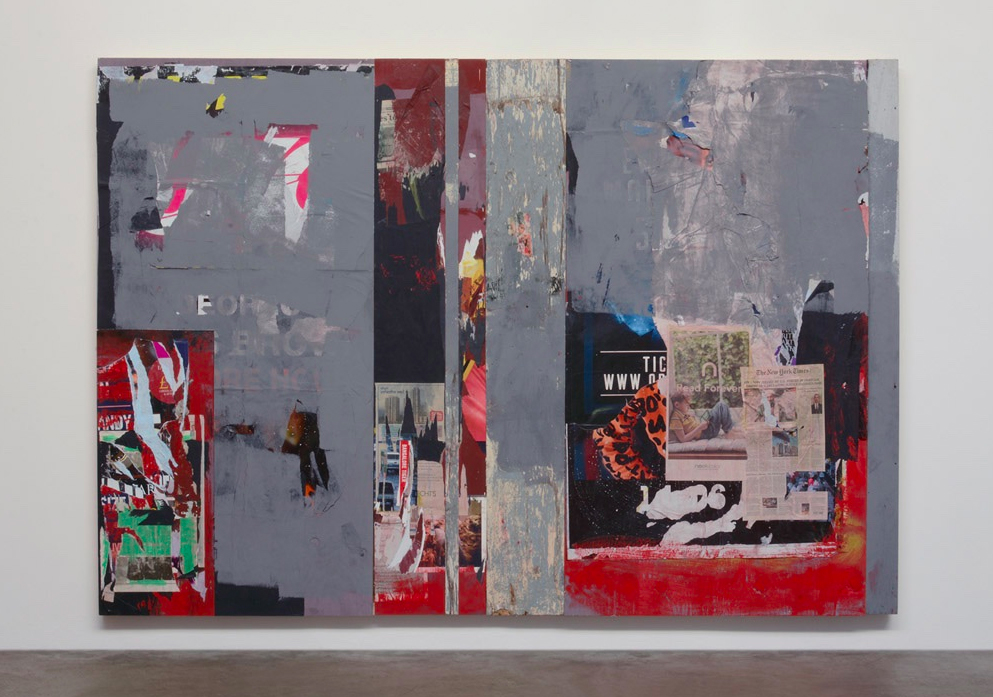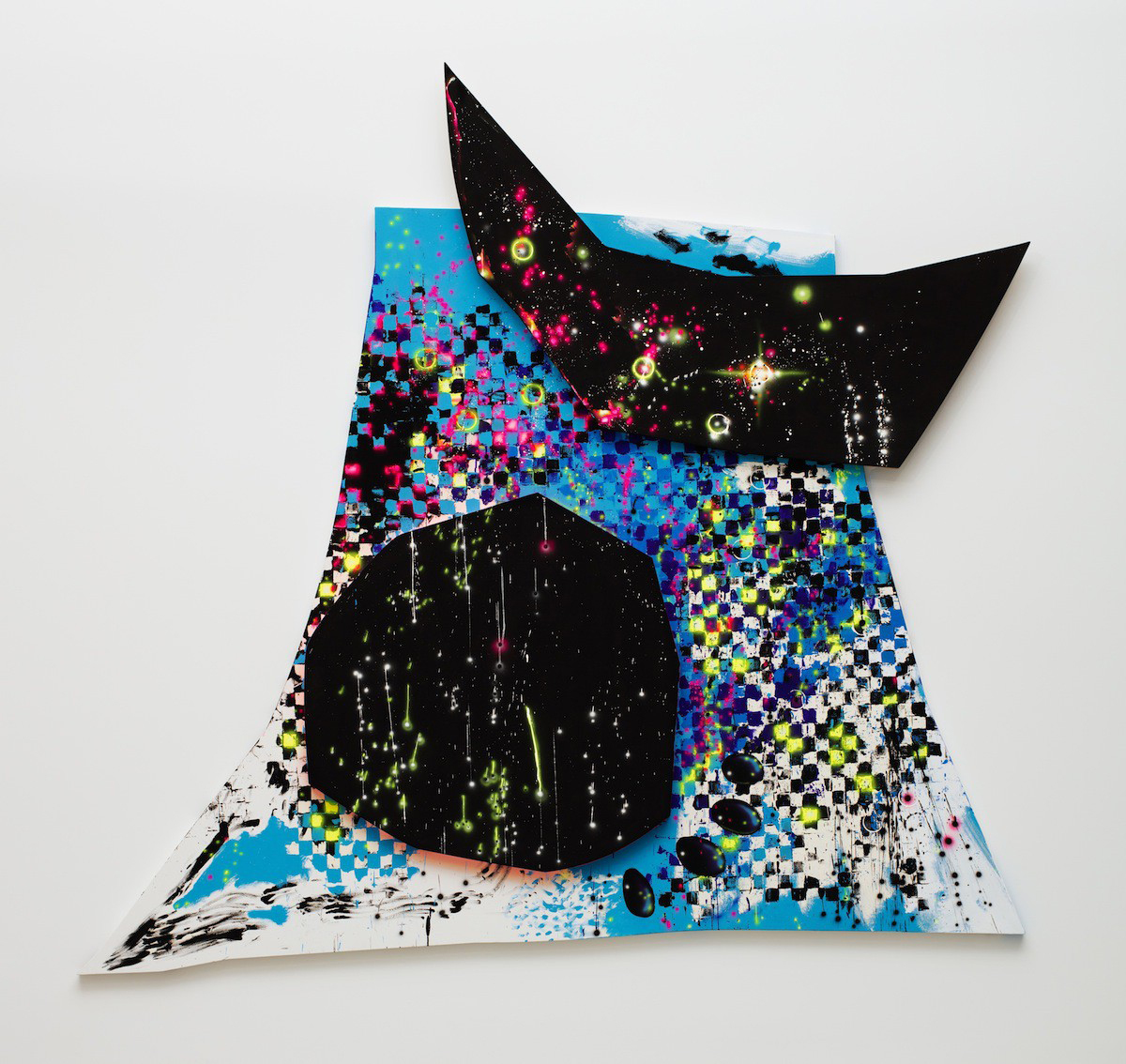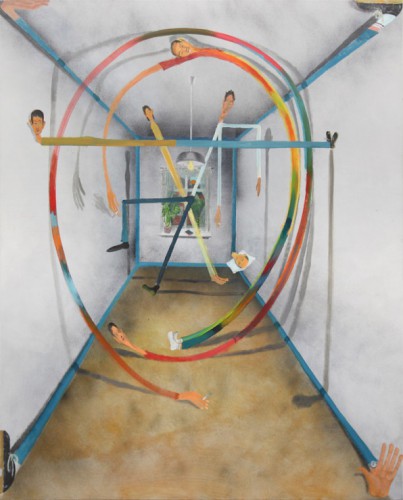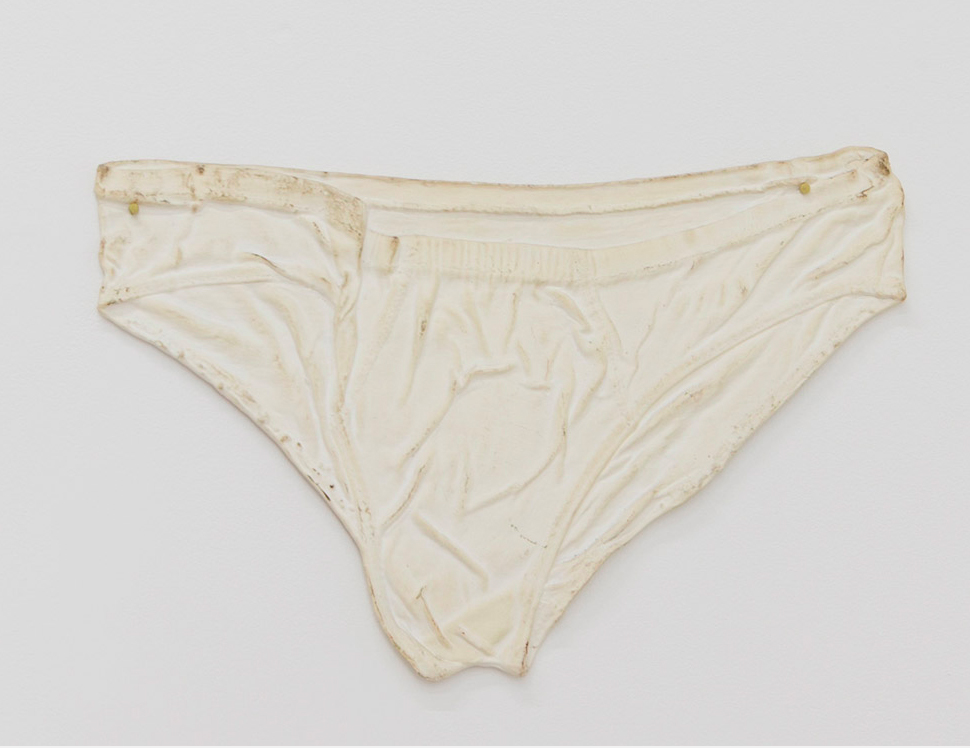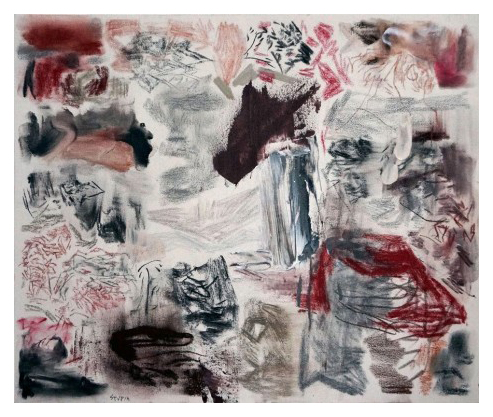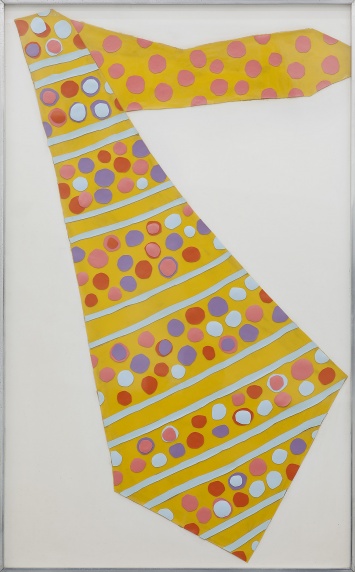SEBASTIAN LLOYD REES
2016-01-04Literally speaking, there is much to admire in the London-based, Norwegian artist, Sebastian Lloyd Rees’s ‘hoarding sculptures’: they can be large. But the scale of their vision is weightless, pivoting in delicate balance with their conceptual and practical endeavours, which unexpectedly counter-weights their physical presence and powerful, visceral, visuality (they also hover, like magic, a delicate 11-13cm above the floor). Like barred gateways, similar in conception to Danto’s ‘thresholds’, as troubled, historical passage-points, they act as meeting places of past and future meaning: their determination reaching backwards and forwards simultaneously.
The primary psychological intent of Lloyd Rees’s chosen material of retrieved plywood hoardings, from the old French hourd – meaning palisade or a temporary wooden (shed-like) construction, originally placed on the exterior of the ramparts of a castle during a siege – is clearly about the head-on confrontation of exclusion. In relation to voices of questionable ‘authority’, Sebastian Lloyd Rees is not to be trifled with, he is a natural campaigner and pamphleteer2; the fragments of Americana talk-show legalise, which form the title of his first solo exhibition for mother’s tankstation, might suggest such…alarming…invasive…a violation…lawless…disrespectful…
Opposite – All the News That’s Fit to Print (2001.09.12 – 2015.08.24), 2015
Exhibition runs through to January 15th, 2016
Mother’s Tankstation
41-43 Watling Street, Ushers Island
8 Dublin
Ireland
